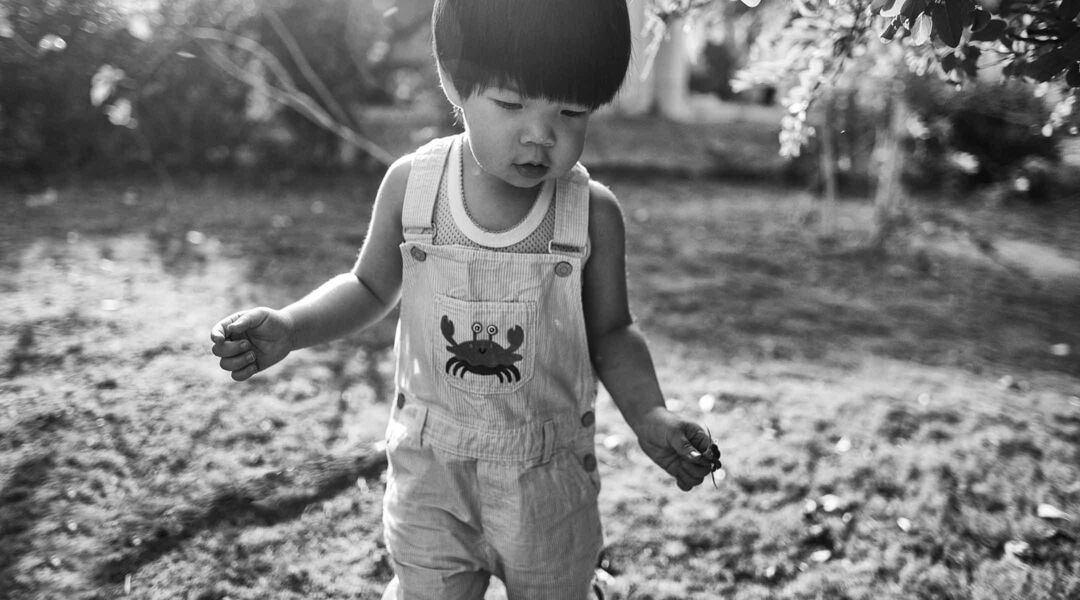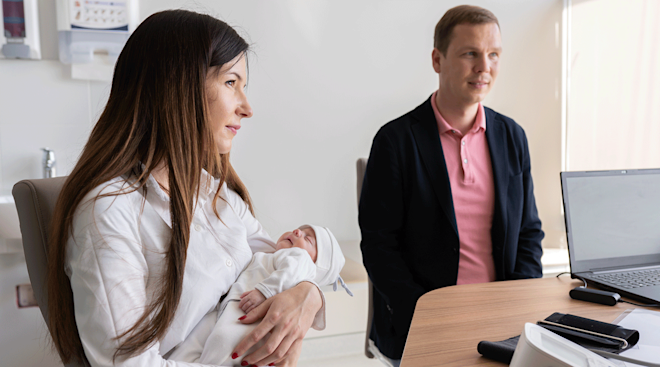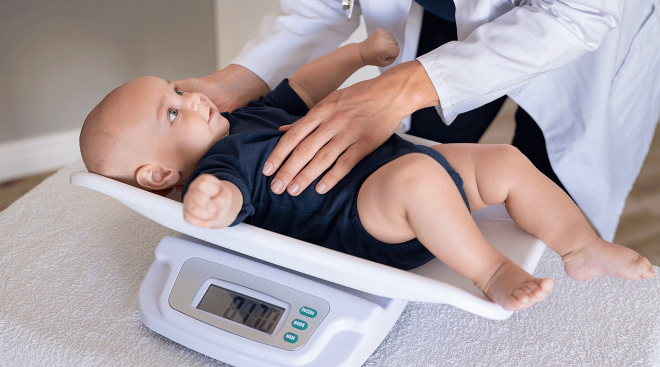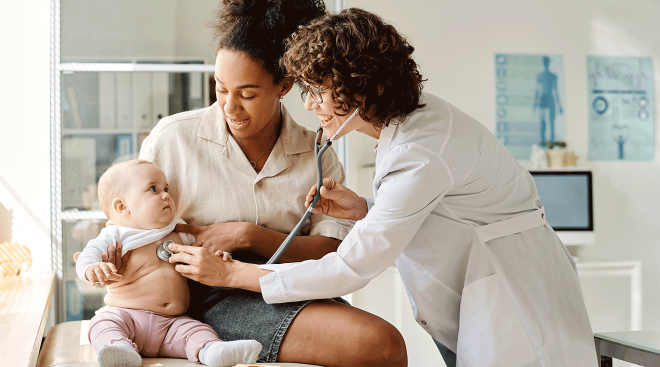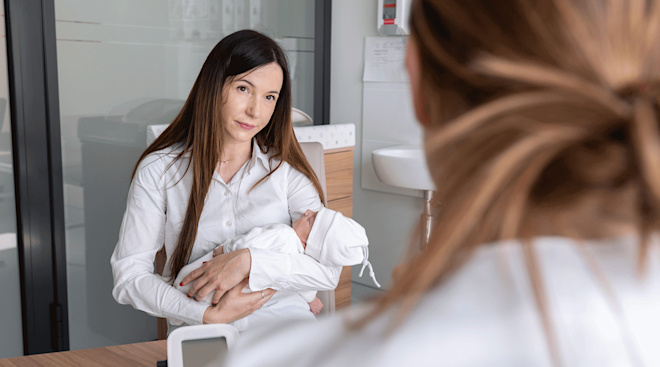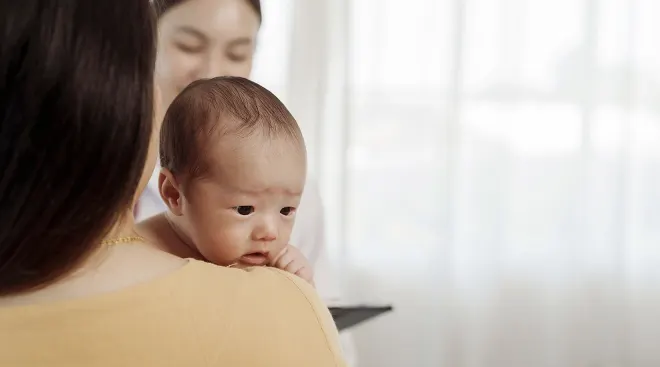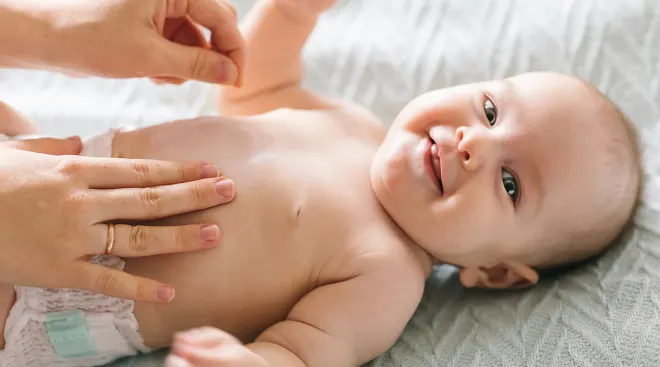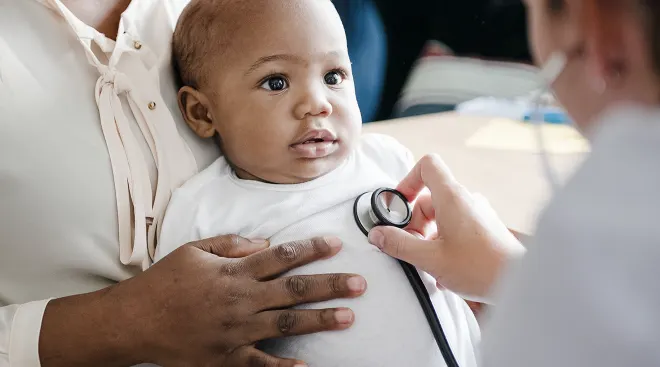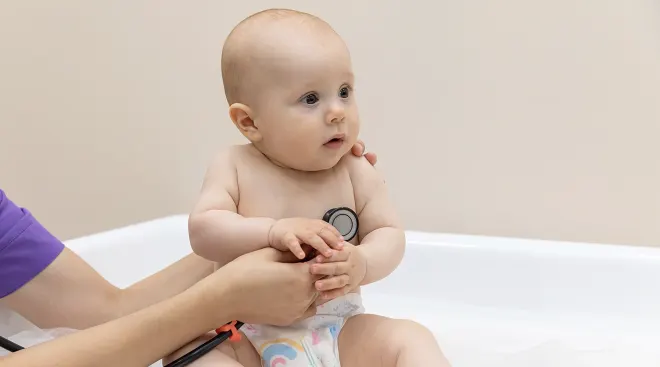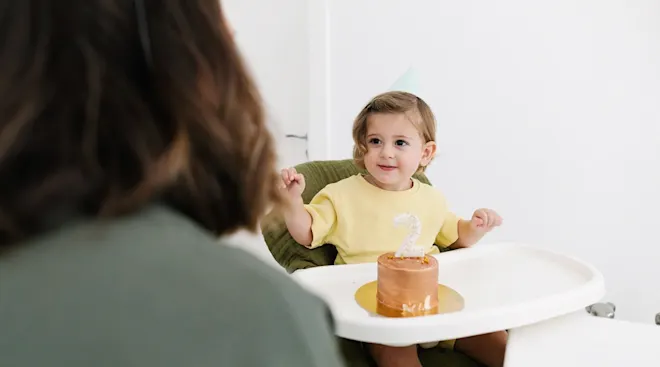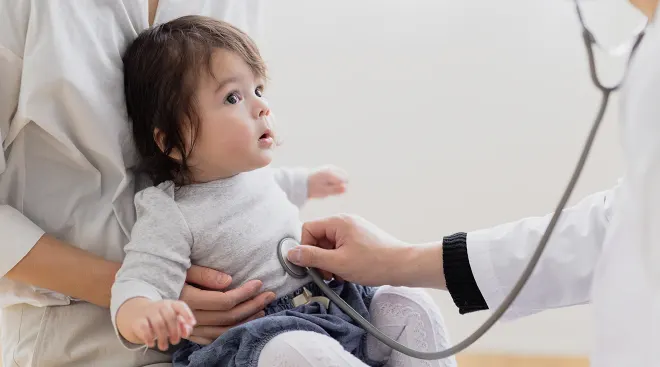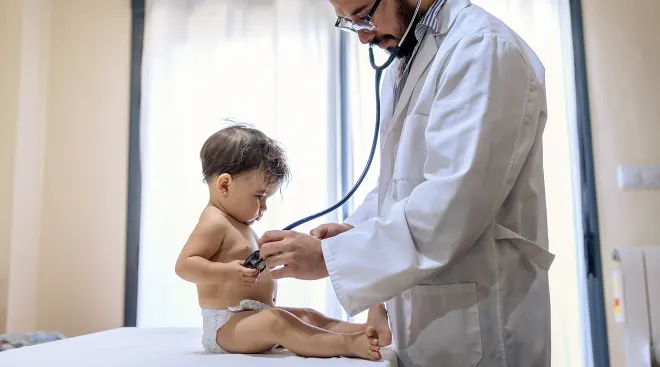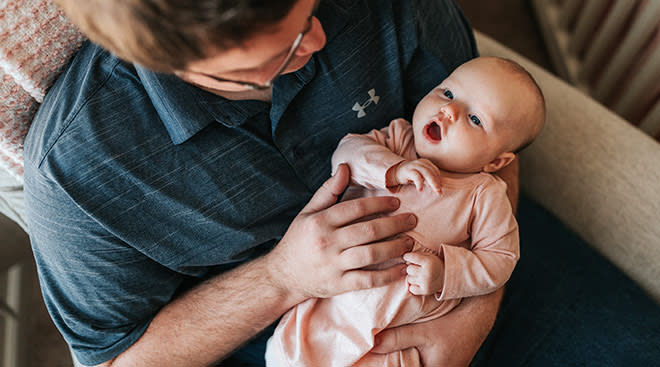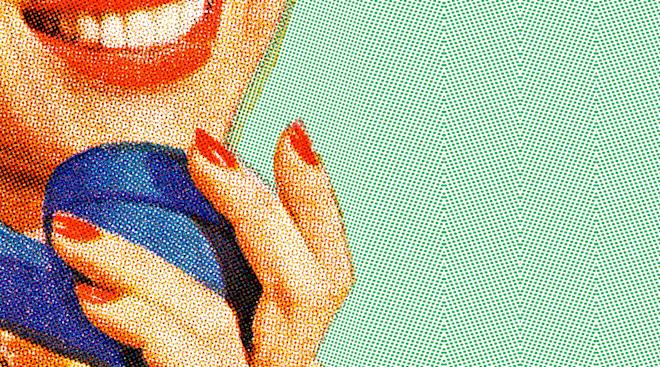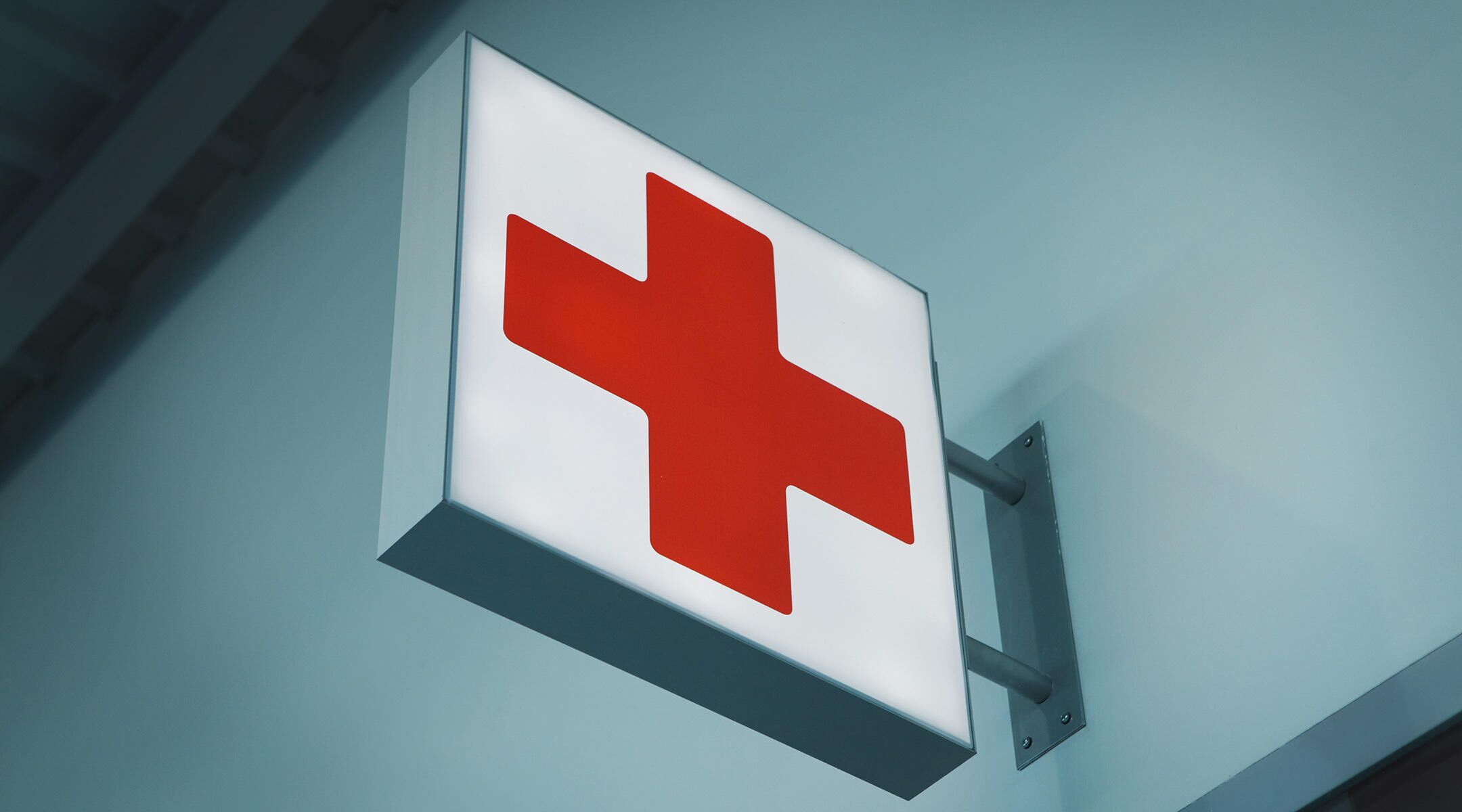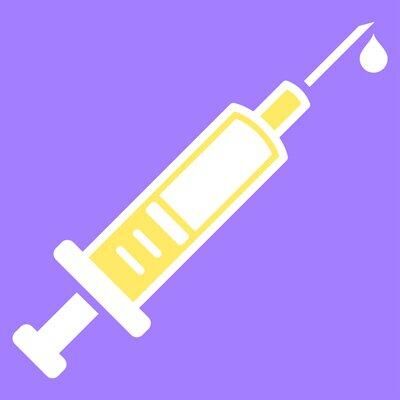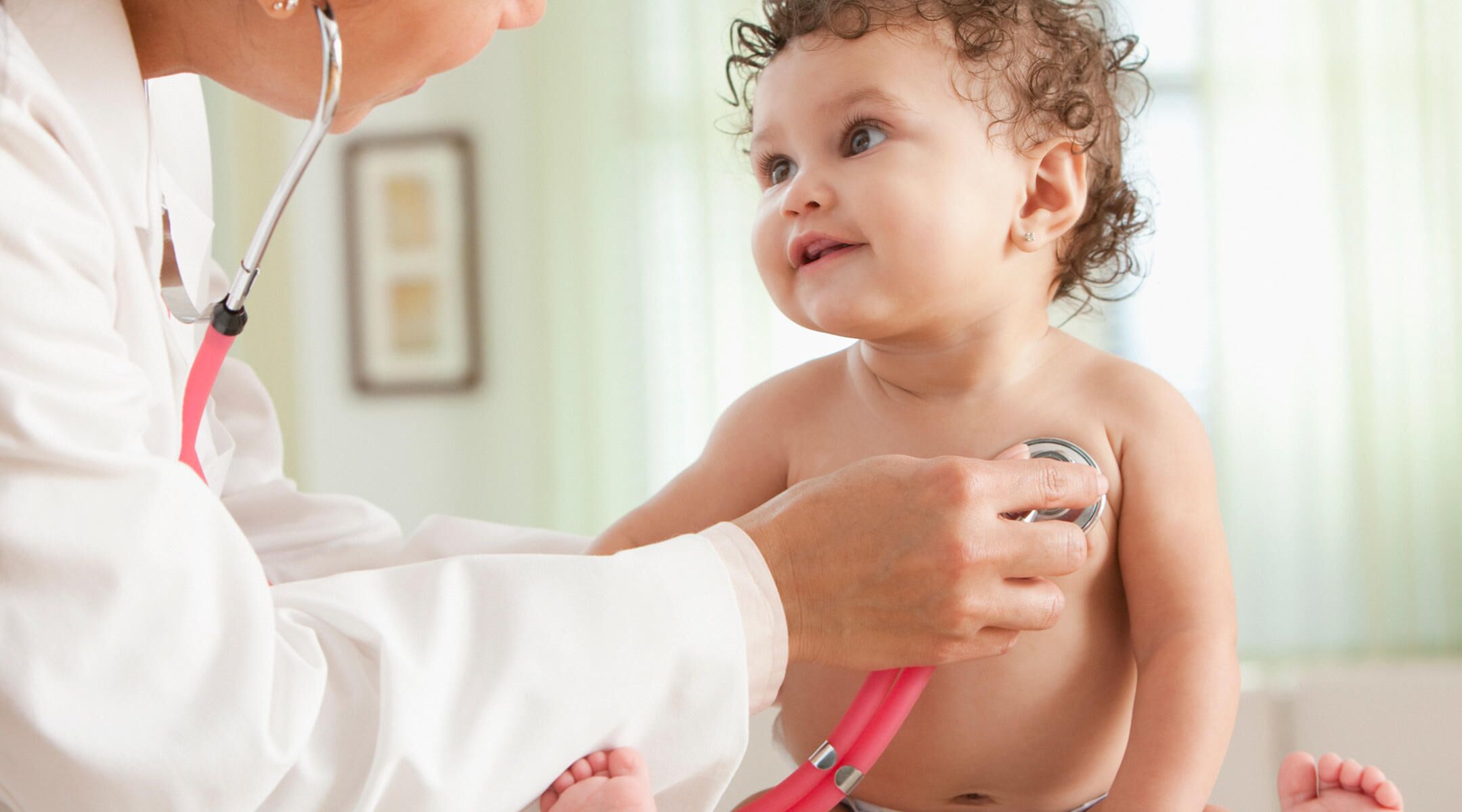What Every Parent Needs to Know About Autism
It’s been about 75 years since the first paper was published describing the signs of autism in children. But even as new findings continue to crop up, its causes and cures remain elusive, leaving parents as confused as ever. The autism statistics are also somewhat frightening and, some might argue, misleading. According to the most recent Centers for Disease Control and Prevention (CDC) report, published in 2016, the overall prevalence of autism in children in 2012 was 1 in 68. Back in 2000, the prevalence was only 1 in 150. The startling rise may simply be a matter of increased awareness, experts say, and a reflection of the condition’s broadened definition.
Simply put, “autism is a developmental disorder in which the child has problems with communication and social skills, and she may exhibit unusual behaviors,” says Georgina Peacock, MD, MPH, medical officer and developmental-behavioral pediatrician with the CDC’s National Center on Birth Defects and Developmental Disabilities in Atlanta. Some babies become overly focused on a certain toy; others might fail to engage in eye contact or to babble with their parents.
But there’s nothing one-type-fits-all about autism—hence, the term autism spectrum disorder (ASD), which acknowledges the wide range of the condition, from mild autism, in which a child might be able to hold a conversation with peers, to severe autism, where he might not be able to talk at all. The most recent edition of the Diagnostic and Statistical Manual of Mental Disorders (DSM-5) broadened the ASD diagnosis to include, for instance, Asperger’s syndrome, which was once a separate condition but is now considered to be a high-functioning autism. Children with autism exhibit two main characteristics: 1.) a hard time communicating and interacting with others at an age-appropriate level, and 2.) restricted, repetitive behavior. Each of these areas can also vary in severity—for instance, a child may show very little repetitive behavior and yet have an extremely hard time with social interactions.
We’ve come a long way since researchers wrongly blamed “refrigerator mothers,” back in the 1950s, for the development of autism in children. And while doctors are still unclear as to the causes of autism, they have noticed interesting correlations and have formulated plenty of theories:
Genetic risk factors
“Is autism genetic?” has been a question that doctors often hear, and, based on scientific evidence, the answer is most likely. There is a strong hereditary link—for infants who have a sibling with autism, the risk of developing the disorder is much higher than for those without an affected sibling. Because boys are 4.5 times more likely than girls to develop autism, some researchers suspect the influence of sex chromosomes and, subsequently, the impact of hormones in utero (though so far nothing has been proven). About 10 percent of kids with autism also have certain genetic conditions such as Down syndrome and fragile x.
Environmental risk factors
Experts believe that some people may have a genetic predisposition for autism, which, in turn, makes them susceptible to the condition depending on certain environmental circumstances. One factor under investigation is a pregnant woman’s exposure to pesticides and phthalates—chemicals that can interfere with brain development. A mother’s use of antidepressants—specifically, selective serotonin reuptake inhibitors (SSRIs)—during the last six months of pregnancy has also been associated with elevated risks. It’s still unclear, however, exactly how high a risk these factors pose and more research needs to be done. In the meantime, would-be mothers can take a proactive but not paranoid approach: “If you are trying to get pregnant, talk to your doctor and weigh the risks and benefits of remaining on certain medications (such as SSRIs), use natural cleaners when possible and eat healthy foods,” says Rebecca Landa, PhD, director of the Center for Autism and Related Disorders at the Kennedy Krieger Institute in Baltimore.
Do vaccines cause autism? The response from major scientific organizations—including the CDC and the Institute of Medicine—is no. The 1998 Lancet article that first proposed a connection between MMR (measles, mumps and rubella) vaccines and autism was retracted in 2010 because the author was found to be biased. Multiple papers, including a 2014 Vaccine journal review paper, laid the issue to rest by reporting that there’s no association between the two at all. As Paulo Pina, MD, director of ambulatory pediatrics at St. Barnabas Hospital in Bronx, NY, explains: “There is no increased rate of autism in children who have had the vaccine compared to those who have not.” Nor is the mercury or antigens found in vaccines to blame, he adds. Mercury has been taken out of the typical childhood vaccines since 2001, and vaccines today contain a much smaller amount of antigens compared to those of years past. While some pediatricians will, upon request, adjust your child’s immunization schedule so that she doesn’t receive as many shots at once, you can rest assured that it’s okay simply to follow the CDC’s recommended vaccine schedule for babies.
How and when the signs of autism become apparent varies from child to child. Children with autism may seem to develop according to schedule in the first few months or years of life but then slow down, when certain skills may diminish or unusual behaviors may become more noticeable. It’s always prudent for parents to get their child checked out as soon as they suspect something isn’t right, Landa says.
To figure out if something is “off,” familiarize yourself with the typical developmental milestones. Babies typically coo or babble by 2 months; by 18 months, a child should be able to say a few single words, and by 2 years, she should be able to say a few couple-word phrases. Peacock recommends checking out “Milestone Moments,” a CDC-developed pamphlet that’s available on the organization’s website.
Remember, though, the signs of autism don’t necessarily reveal themselves in babies, even though parents can often sense if a child is responding to them or not. “Most don’t receive a diagnosis until after age one, when children start communicating with others,” Pina says.
The signs of autism in toddlers, preschoolers and beyond can vary widely. Common autism symptoms include:
-
Constantly repeating words and phrases.
-
Little to no eye contact.
-
Becoming easily upset by minor changes in routine.
-
Hand flapping, body rocking, head banging or other repetitive motions.
-
Obsessive focus on moving objects or parts of objects.
-
Not responding when mom or dad calls their name or otherwise tries to get their attention.
Of course, says Pina, “kids might exhibit any one of these behaviors during childhood and they’re fine, so it’s important to take things into context.” Children with autism will show a combination of these behaviors, which doctors would then assess further. “The one thing I worry about most,” Pina says, “is the little interactions—when a child comes into my office and doesn’t respond or look at me at all, and it’s not clear whether he’s shy or he’s simply not paying attention.”
Landa points out that in some children, parents don’t pick up signs of atypical development until age 4 or 5. For these kids, who can be diagnosed with high-functioning autism, symptoms are noticed only when they get into school and begin to have social difficulties.
Experts recommend keeping a diary of your child’s behavior (do this with the Notes feature on your phone, so you can jot things down as they happen throughout the day), or even videotape certain worrisome behaviors so doctors can get a real glimpse into any red flags.
The more your doctor knows about your child’s specific challenges (and strengths), the better he can prescribe targeted therapies, even before he can make a diagnosis for autism.
Currently, there’s no brain scan that can tell you if your child is on the autism spectrum—no autism test, per se. Behavioral assessment is an ongoing process. The American Academy of Pediatrics now recommends autism screening for all kids at 18 and 24 months, in addition to regularly evaluating a child’s development during checkups. To do this, most doctors use the Modified Checklist for Autism in Toddlers (M-CHAT), which assesses your child’s risk for autism, based on answers for a set of yes and no questions, such as: “Does your child play pretend or make-believe?” and “Does your child point with one finger to show you something interesting?”
Your doctor will also work to rule out other possible causes of any developmental delays, such as poor hearing. If she detects something unusual, she might refer your child to a specialist—such as a developmental pediatrician, neurologist or child psychologist. These experts will take a closer look into difficulties your child might have with communication or social interactions; they may also better assess any repetitive and unusual behavior. If your child meets the diagnostic criteria listed for autism in the American Psychiatric Association’s Diagnostic and Statistical Manual, she can be eligible for therapies and services created specifically for kids with autism.
In the future, we may have more reliable diagnostic tools. For instance, early research suggests that children with autism have unusual species or imbalances of gut bacteria, and this information could someday turn into a screening tool.
As for now, kids can often be reliably diagnosed by age 2, according to the National Institute of Mental Health. If doctors can intervene when the child is very young and the brain is still developing, she’ll be likelier to show more meaningful improvements and carry what she learns well into adulthood.
Early interventions can help improve the developmental issues associated with autism, but be skeptical about “magic fixes.” Just because something seems to work for one kid doesn’t mean it will work for yours.
The CDC divides treatments for autism into the four general categories below. Discuss with your doctor which therapies or combination of therapies you’d like to pursue. “We work with parents to determine what’s safe and what might work best for their child,” Pina says.
• Behavior and communication approaches. This includes speech as well as behavioral therapies. As Pina notes, these treatments for autism have the most scientific evidence for being effective. Autism in toddlers and school-age children is often treated with intervention programs based on some form of applied behavior analysis, which incorporates play-based interactions and helps kids with autism learn social cues.
• Medication. The FDA has approved two drugs to treat autism-related irritability: risperidone and aripiprazole. But while they have shown to help quell tantrums and improve sociability in children with autism, they can come with serious side effects, including weight gain due to increased appetite, hormonal changes and in some cases involuntary movements. According to Autism Speaks, a nonprofit advocacy organization, it’s also common practice to prescribe antipsychotics approved for other conditions to treat certain autism symptoms, although these medicines have not been well studied in individuals with autism. As with any treatment, not all users will respond in the same way, or they may not respond at all.
• Diet. Some parents are convinced that a gluten-free or probiotic eating plan can help improve symptoms. Some try to eliminate casein, a protein found in dairy products. So far, Pina says, there hasn’t been any conclusive scientific evidence that these programs work, though, when approached cautiously and with help from your doctor, they may be worth trying coupled with behavioral therapies.
• Complementary and alternative medicine. This is where the claims that sound too good to be true often come in. Everything from supplements to detoxes has been used. Again, there isn’t strong scientific evidence that any of these work, but you and your doctor may decide what might make sense to pursue. Landa advises that it’s best to start with the tried-and-true behavioral therapies first, and then, if success is limited, build from there. “If you start all the therapies at once, you won’t know what’s actually working,” she says.
Scientists have yet to find a cure for autism, though, as Pina points out, there are instances where children who couldn’t talk at all have, after a year or more, eventually learned to interact with others, thanks to early intervention. No doubt, the right treatment program can greatly improve the outlook for most kids on the autism spectrum.
Pina notes that whatever tact you take, it’s important to get the entire family involved. “It’s stressful for the family, but it’s also stressful for the child with autism,” Pina says. As a parent, it’s important to understand that this is who your child is and to learn how to interact with your child just as he is learning to interact with you.”
This brings us to another question: “Does autism actually need to be ‘cured’?” Rather than treating autism as a disease and changing children with autism to fit “typical” behavior in the world, parents of children with autism would like to see society expand the concept of acceptable behavior.
Landa notes that this viewpoint doesn’t necessarily preclude treatment. “Good educational and behavioral interventions are not aimed at changing who a child is, but at helping children reach their highest potential, giving them as many options in life as possible,” she says. And if someday the world becomes a more neurodiverse place, then all the better.
Whatever your perspective, look for local support groups for parents of kids with autism. By meeting other parents of children with autism, you can share your experiences. “Just hearing another parent say, ‘My child does this too’ helps to normalize your experience and release some of that stress,” Pina says. More importantly, you’ll discover new information and new research, as well as find opportunity to work with other parents to make your community a better place for your child.
Updated August 2017
Navigate forward to interact with the calendar and select a date. Press the question mark key to get the keyboard shortcuts for changing dates.
































